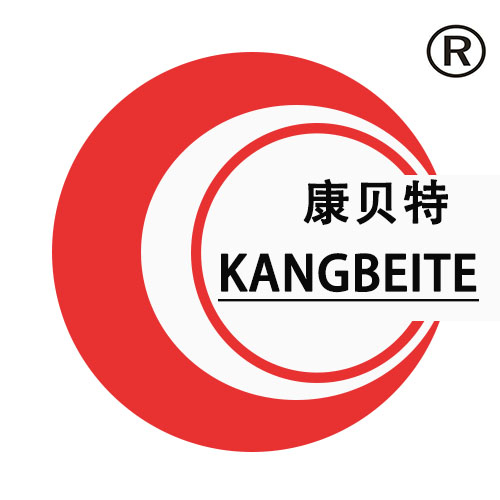Modified Atmosphere Packaging, or MAP, is a revolutionary technique in the food industry. Instead of simply removing air like vacuum packaging, MAP replaces the air inside the packaging with a customized mixture of gases. This mixture usually consists of nitrogen (N₂), carbon dioxide (CO₂), and sometimes a small amount of oxygen (O₂). By precisely controlling the gas composition, MAP creates an environment that is unfavorable for factors causing food spoilage.
The Science Behind MAP Machines
MAP machines operate based on specific scientific principles. Nitrogen, an inert gas, serves as a filler to maintain the shape of the package and displace oxygen. Since oxygen can promote the growth of aerobic bacteria and cause oxidation in many products, reducing its presence is crucial. Carbon dioxide, on the other hand, acts as a natural antimicrobial agent. It inhibits the growth of bacteria, yeast, and mold, effectively slowing down the spoilage process. Oxygen is carefully regulated; while it can be beneficial in small amounts for certain products like red meat to preserve color, excessive oxygen can accelerate spoilage in most foods.
Microbial Suppression
One of the primary ways MAP machines extend shelf life is by suppressing microbial growth. Many harmful bacteria, such as Listeria monocytogenes and Salmonella, require oxygen to survive and reproduce. By reducing the oxygen content in the packaging, MAP machines create an inhospitable environment for these aerobic pathogens. The addition of carbon dioxide further enhances this effect. It changes the pH and moisture conditions inside the package, making it difficult for bacteria, yeast, and mold to thrive. For example, fresh poultry packed using MAP can have its shelf life extended from a few days to over two weeks, significantly reducing food waste.
Oxidation Prevention
Oxidation is another major factor contributing to food spoilage. It causes the degradation of fats, leading to rancidity in products like nuts, oils, and dairy items. It also affects the color and flavor of many foods. MAP machines prevent oxidation by minimizing the exposure of products to oxygen. Without oxygen, the chemical reactions that cause oxidation cannot occur, thus preserving the taste, smell, and nutritional value of the food. For instance, bakery products packed with MAP maintain their freshness, texture, and flavor for a much longer time compared to traditionally packaged ones.
Preservation of Enzymatic Activity
Enzymes naturally present in foods can trigger various chemical reactions that lead to spoilage, such as browning in fruits and vegetables. MAP machines help control enzymatic activity by altering the gas environment. By reducing oxygen levels and adjusting the concentration of other gases, the rate of these enzyme - catalyzed reactions is significantly slowed down. This ensures that products like pre - sliced fruits and vegetables remain fresh and visually appealing for extended periods.
Benefits for the Food Industry
The use of MAP machines offers numerous benefits to the food industry. From a production perspective, it allows manufacturers to reduce product loss due to spoilage, saving costs. It also enables longer - distance transportation of perishable goods, expanding market reach. For consumers, MAP - packaged products mean fresher, safer food with a longer shelf life at home, reducing the frequency of shopping and food waste at the household level.
Applications Across Different Food Categories
MAP machines are versatile and can be used for a wide range of food products. In the meat and poultry sector, they preserve the color, texture, and flavor of products while preventing the growth of harmful bacteria. For fresh produce, MAP helps maintain crispness and nutritional content. Seafood products packed with MAP stay fresh for longer, reducing the need for excessive use of chemical preservatives. Even in the confectionery and snack industry, MAP can prevent the staling of products and keep them crunchy.
The Future of MAP Technology
As technology continues to evolve, so will MAP machines. Advancements in sensor technology may allow for real - time monitoring of gas composition inside the package, ensuring optimal preservation conditions. Integration with smart packaging concepts could provide consumers with more information about the freshness of the product. Additionally, research into more sustainable gas sources and packaging materials will further enhance the environmental friendliness of MAP technology.
In conclusion, modified atmosphere packaging machines play an indispensable role in extending the shelf life of food products. Through their ability to control gas composition, suppress microbial growth, prevent oxidation, and regulate enzymatic activity, they contribute significantly to food safety, quality, and sustainability in the modern food industry.

